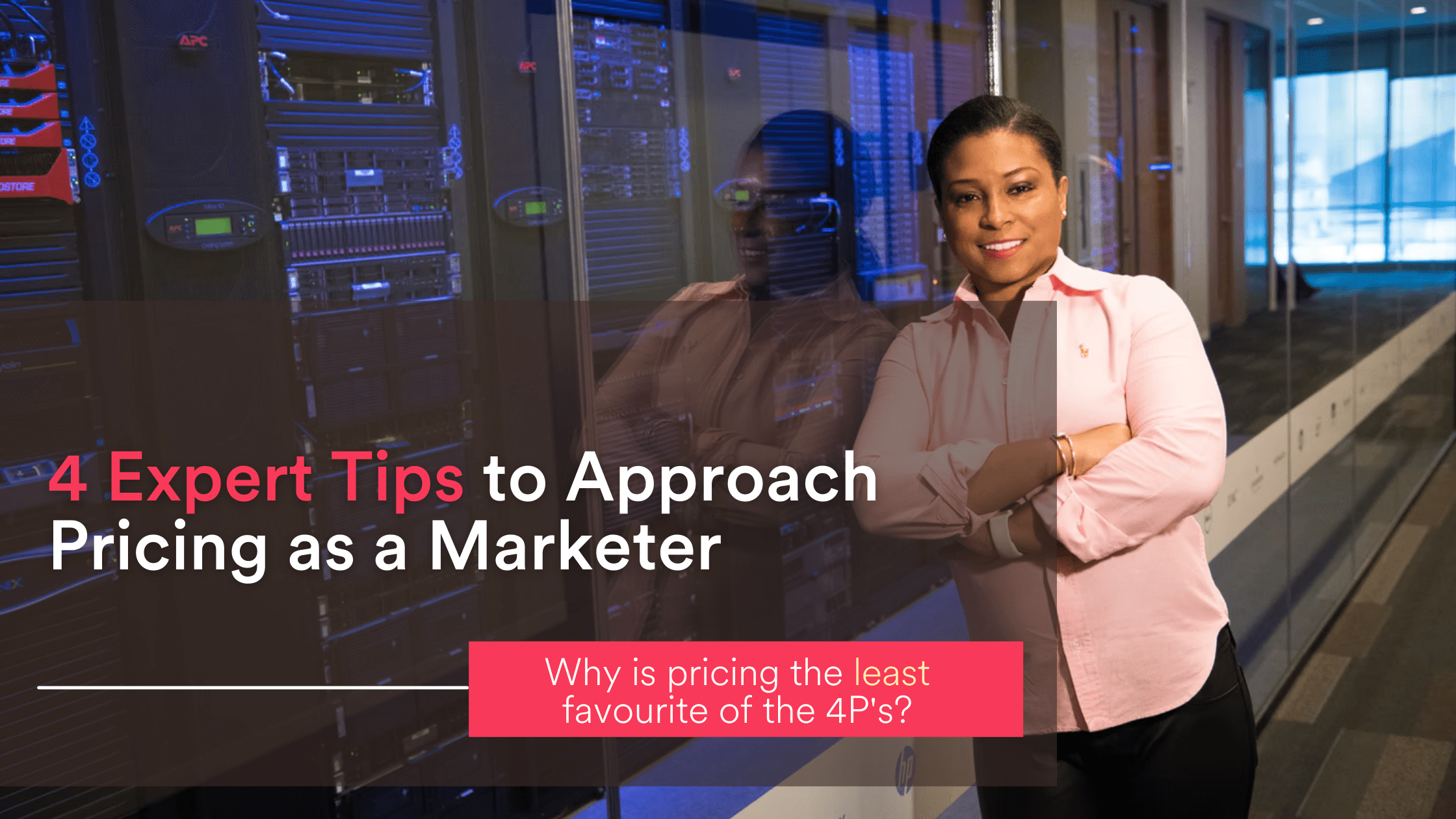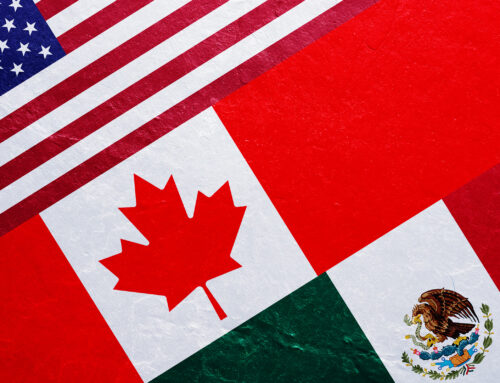“If you have to have a prayer session before raising the price by 10 percent, then you’ve got a terrible business.” – Warren Buffett
 By: Ed Heskins, Director of Pricing Strategy (UK)
By: Ed Heskins, Director of Pricing Strategy (UK)
Prices are going up. As supply costs start to bite, wages increase and government relief is withdrawn, more and more companies are facing up to the reality of price increases as an important part of their response. According to experts, inflation is expected to rise to 5-6% by next spring, its highest rate in thirty years.
The question is, why did all these businesses wait until now? Over the past two decades, Iris Pricing Solutions has worked to improve the pricing capability of hundreds of businesses, and the findings are consistent: the vast majority of businesses who misprice, underprice. So why are marketers, who have more insight than anyone into the value their businesses create, reluctant to capture it through pricing? Why is pricing, as one CMO put it recently, the “least favourite” of the 4Ps?
There are several reasons for this. Firstly, many businesses incentivise revenue growth (no matter how unprofitable) at the expense of profitable sales. The myopic focus on top-line performance vs bottom-line profitability drives discounting behaviour that serves only to cannibalise existing business. Secondly, customers – so vociferous when they see you as expensive – are stubbornly slow to tell you when you’re too cheap; an asynchronous feedback loop that convinces sellers that their high prices are always a great problem to address. Finally, many organisations simply have an emotional dislike of turning away potential customers, no matter how unprofitable they may be; a variation on the sunk-cost fallacy that encourages businesses to follow through on sales in order to justify their customer acquisition costs.
But if a good pricing strategy is about clearly defining who you’re not going to sell to, this approach is doomed to fail. As a pricing consultancy operating within an integrated marketing agency, Iris Pricing Solutions has more insight than most into the challenges of communicating a good pricing strategy within marketing. So here are 4 of our top tips for how to approach pricing as a marketer.
-
Define your terms
What is a price? Beyond a number on a label, or a sticker on a box, pricing is anything that goes into the exchange of value between you and your customer. Discounts are a (often overused) pricing decision. So are bundled deals like BOGOF. So are free product giveaways, rewards programs, limited access windows, cross-product discounting, free delivery and the rest. If you’re looking at your promotions, or your loyalty programs, or anything that represents an offer to your customer, you’re already doing pricing.
-
Agree on your objectives
Ask any business what they want from a price change, more sales volumes, or more profits, and the answer is always the same: both. But unless you are one of those rare examples of a systemically overpriced business, you probably have to prioritise. All else being equal, blanket price cuts are unlikely to drive enough extra volume to offset the hit you take on margin (even if you can somehow avoid starting a price war in the process).
Now review the KPIs that your team are benchmarked against. Do they consider sales margin or overall profitability, or are they focused on sales volumes and revenue? Either set your targets to focus on profitable growth, or accept that not all growth is profitable.
-
Get smart
There are myriad ways to gain an understanding of your customer’s price perception, whether through customer research (using Van Westendorp, Gabor Granger, Conjoint analysis, etc.), historic sales analysis, or live-in-market price testing. Each has their benefits/drawbacks, but moving away from anecdotal feedback and competitor price matching is vital. Can you quantify the impact of moving price 1%? If it’s a price increase, where will those customers go? If you’re decreasing prices, what are those customers buying today?
Remember, just because a deal is popular doesn’t mean it’s serving its purpose. Is it bringing in new customers, or just cannibalising existing sales? Do those newly acquired customers go on to become valuable in the long-run, or are they one-off deal-hunters? The more detail you can gather about attitudes towards price, the more surgical you can be with your interventions.
-
Focus on the common ground
Wherever pricing sits within your organisation, whether as an arm of the finance team, the sales team, or in a sole-purpose pricing team, businesses that do pricing well cannot do it without a sophisticated marketing function. Value-based pricing is wholly dependent on a deep understanding of your customer, of their needs, their limitations, and their perceptions of your offer.
Ultimately, nobody is in a better position to “get pricing right” than the marketer. And when a 1% shift in price can increase profits by 12% or more, businesses can’t afford to wait for a crisis to act. Marketers that invest in their pricing capabilities, who understand their customer’s relationship with the price, and who are clear in their objectives will find themselves able to make pricing decisions before a crisis hits, with confidence in the value of their offer.
At Iris Pricing Solutions, we’ve outlined the key actions you can take to increase your pricing power. With a track record of success, we have an unrivaled understanding of pricing strategy, marketing, and sales. In the past decade, we’ve completed over 1,000 pricing initiatives with firms all around the world and across industries. Connect with us to learn how we can help you.

 Define your terms
Define your terms



